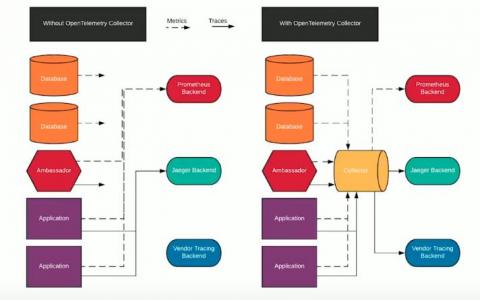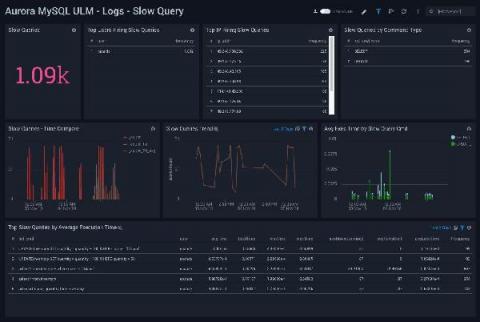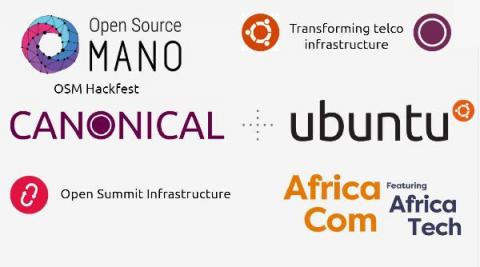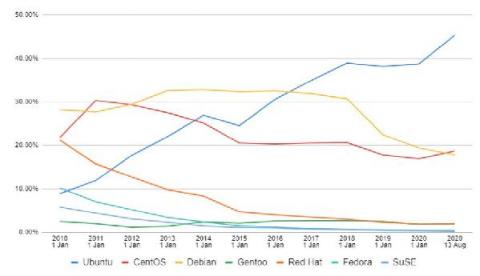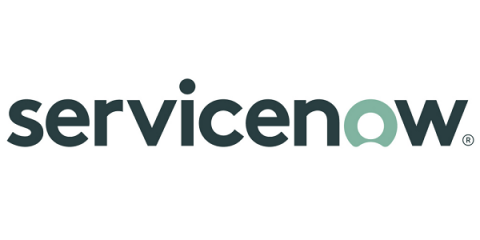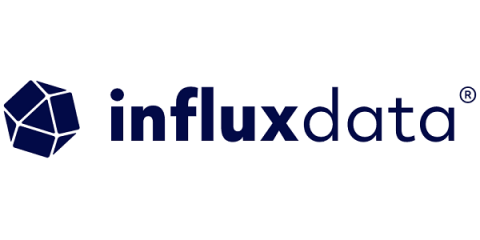Operations | Monitoring | ITSM | DevOps | Cloud
Latest Posts
How to monitor Amazon Aurora RDS logs and metrics
Telco and Ubuntu: 2020 roundup
2021 is around the corner and we had such a tremendous journey this year. Like many others, at Canonical, the publisher of Ubuntu, we lived different times and maybe more than ever we saw how important it was to stay connected. Therefore, Canonical continued to innovate in the telco world and brought Ubuntu closer to it, by offering open source systems and supporting the deployment of various applications.
Migrating to Ubuntu LTS: six facts for CentOS users
Considering migrating to Ubuntu from other Linux platforms, such as CentOS? Think Ubuntu- the most popular Linux distribution on public clouds, data centre and the edge. Since its inception, Ubuntu consistently gains market share, as of today reaching almost 50%. Wondering why Ubuntu is so popular? Here is our take.
Tracking Remote Employees' Work Hours with Virtual Server Monitoring
With more people working from home due to the COVID-19 crisis, businesses of all sizes need to know when their employees are working. You need an effective way to track working hours and know what your employees are doing while they are working. One effective way to do this without having to invest in an expensive online time tracking system for employees is by using server monitoring software and file monitoring software.
Closing the digital divide in our own backyard
Students throughout the U.S. faced massive technology and connectivity gaps before the pandemic. Now, with COVID-induced remote learning, the situation is more urgent than ever. Many students cannot afford internet connectivity. Many don’t have personal laptops or tablets. And school districts are struggling to obtain the resources needed to support students who are now dependent on distance learning.
How InfluxDB IOx Manages the Data Lifecycle of Time Series Data
Last month we announced InfluxDB IOx (pronounced: eye-ox), a new Rust and Apache Arrow based core for InfluxDB. While InfluxDB IOx is a columnar database built on top of object storage, that’s only part of its role. In addition to query functionality, one of the big goals of InfluxDB IOx is to help manage the data lifecycle for time series data. This post will cover the design for how InfluxDB IOx plans to manage that data lifecycle.
Smoothing the Bumps of Onboarding Threat Indicators into Splunk Enterprise Security
This blog is part two of Splunk's Sunburst Backdoor response aimed at providing additional guidance to our customers (you can read part one, "Using Splunk to Detect Sunburst Backdoor," by Ryan Kovar). In this blog, we’ll cover how to ingest threat indicators to combat Sunburst Backdoor in Splunk Enterprise Security (ES).
Recover Lost Visibility of IT Infrastructure With Splunk
The news of the “Sunburst Backdoor” malware delivered via SolarWinds Orion software has organizations choosing to shut down Orion to protect themselves. This includes several U.S. government organizations following the recent CISA guidance. If you are considering a similar response in your own environment, a critical next step is quickly restoring the lost visibility to the health and operations of your infrastructure.
Genesys + Splunk = Complete Control Over Your Contact Center
Genesys is one of the world’s leading Contact Centre platforms, offering their customers the ability to deliver superior experiences. Genesys offers a range of solutions which cover SaaS, multi-cloud, and on-premises options to cater for all of their customer requirements. Splunk is traditionally known for helping customers with challenges around IT monitoring and security requirements regardless of whether they are running an on-premises datacenter or have a cloud first approach.


